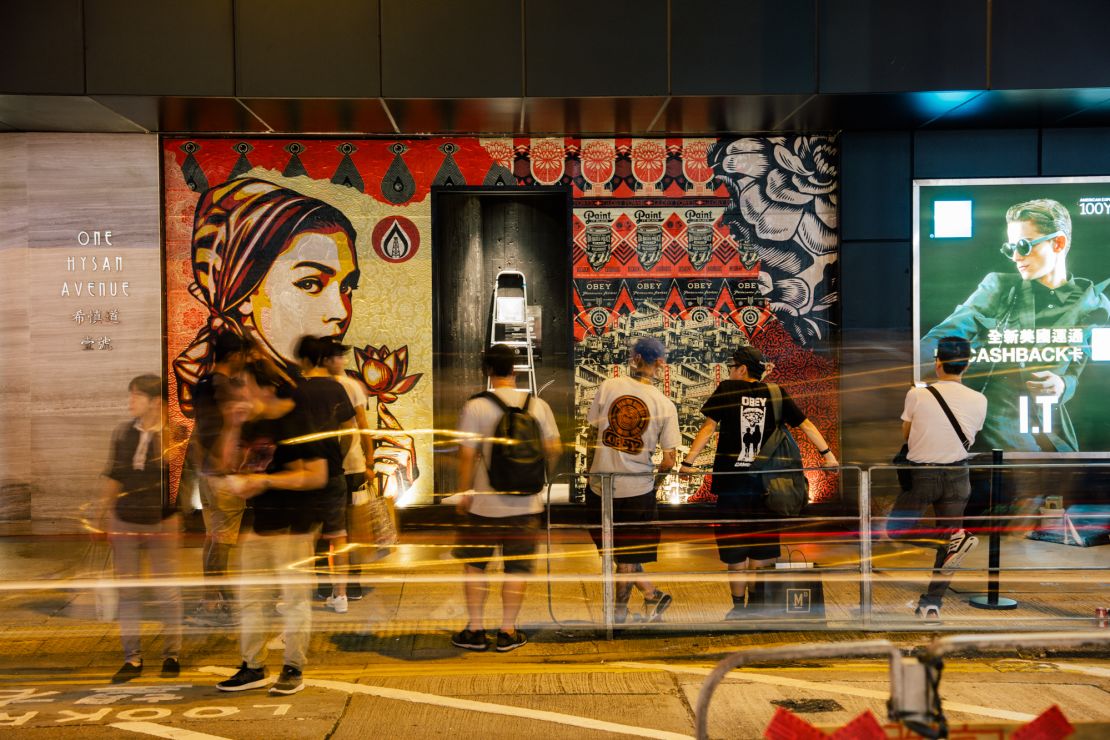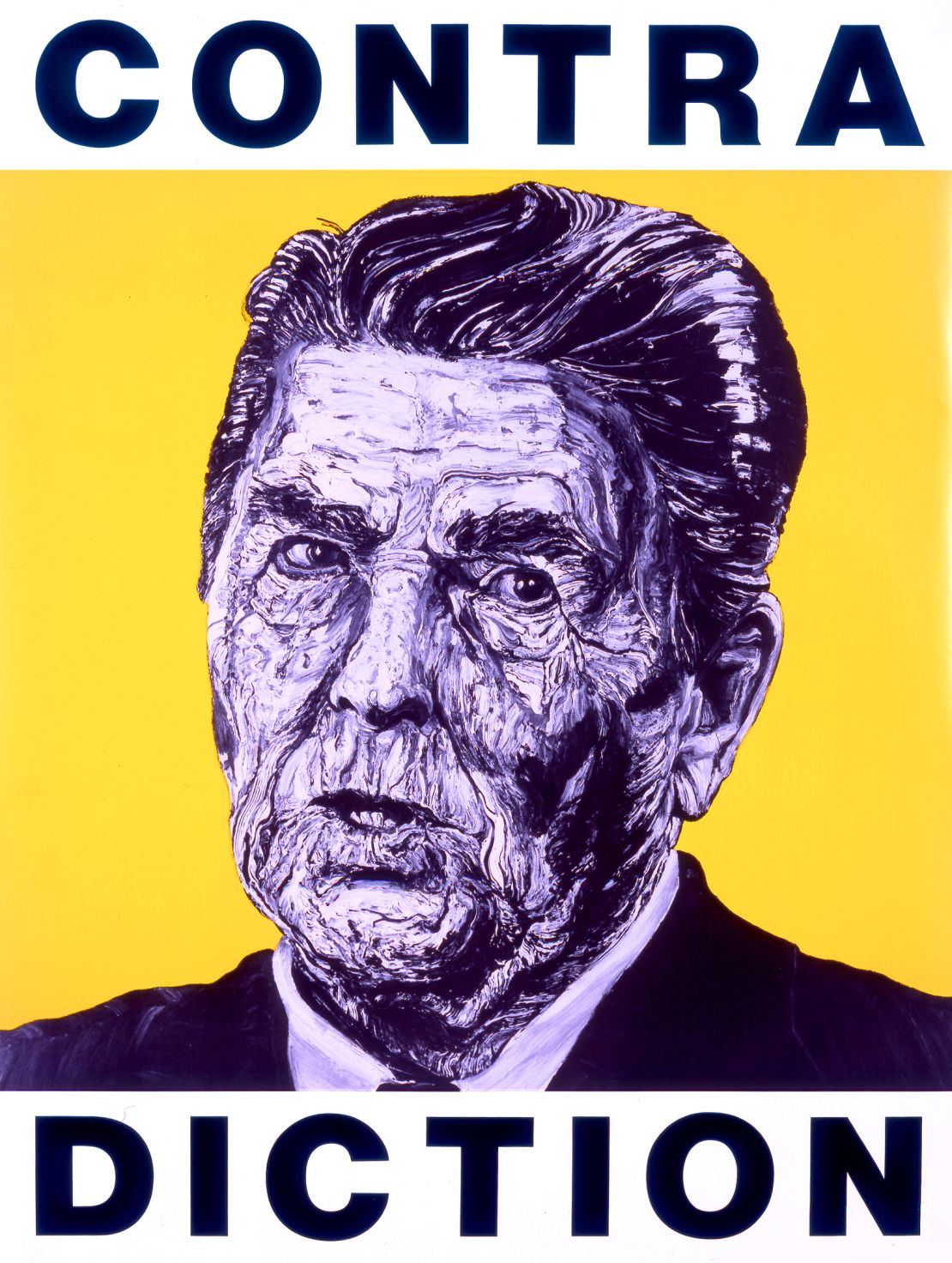In 2008, Shepard Fairey’s “Hope” – the now iconic blue red poster depicting then presidential candidate Barack Obama – went viral, becoming the defining image of his campaign.
“The poster changed graphic design history,” says Carol A. Wells, the founder and executive director of the Center for the Study of Political Graphics, who points to the many ways the image’s styling has been replicated around the world.
'Hope' artist's new posters protest Trump
“Many believe this poster inspired enough voters to give Obama the edge that he needed to win.”
Two election cycles later, Fairey’s Orwellian take on Donald Trump – open-mouthed and poised to rattle off conspiracy, insult, attack – sits in stark contrast to “Hope”.
“Trump is dangerous,” Fairey tells CNN.
“He’s a demagogue who’s a bigot and is sexist. He really has no respect for a lot of different people, no experience in politics, and is pursuing the presidency out of his own ego rather than a desire to create the greatest good for the greatest number of people.”
As for Hillary Clinton, the 46-year-old artist says she’s hard to “pin down graphically”, and hasn’t “found her inspiring enough” to illustrate.

“I haven’t always agreed with her. I was really disappointed in her support of the Iraq war. But I think she’s been on the right side of issues that I care about and we’re faced with a choice I think is a very, very clear choice.”
“I think Hillary Clinton is much better for the United States than Donald Trump.”
‘Visual Disobedience’
Fairey spoke to CNN in Hong Kong, where the artist has created three murals in the city and opened “Visual Disobedience”, an exhibition of 300 of his works that will be on show throughout November.
The show, presented by the Hong Kong Contemporary Art (HOCA) Foundation, is a survey of Fairey’s career in stencils, rubyliths, prints, canvases and sculpture and centers on the theme of power and responsibility.
Included in the exhibition are some of the artist’s early works, like Fairey’s first print made on paper – a combination of a Jimi Hendrix album cover and the artist’s famous Andre the Giant image – that HOCA curator Lauren Every-Wortman says help to define his legacy.

A 2016 canvas portrait of Fairey’s “Andre the Giant Has a Posse” sticker – which grew out of a street art campaign in 1989 and went on to become part of Obey Giant – also features.
“It has the layering and technique that he’s developed over the years but with the original image that brought him to notoriety,” explains Every-Wortman.
The artist’s guiding principle to “question authority” feels particularly relevant to Hong Kong’s tense political climate, where many residents, particularly the young, hold aspirations for a future independent of China.
Every-Wortman says the show wasn’t created to specifically comment on Hong Kong politics, but the universality of Fairey’s message crosses borders.
“I think the beauty of Shepard’s work is the political frustrations he tackles are ones that can affect any country and society,” she says. “What he criticizes in American politics can be equally applied to Chinese politics.”
Early influences
For Fairey, good political art is a conversation starter, and he points to Andy Warhol’s portrait of Nixon and Robbie Conal’s work of Ronald Reagan, as strong examples.
“I think now everyone knows Nixon wasn’t trustworthy, but this image that Warhol made caught him looking like he couldn’t be trusted. And then beneath it said Vote McGovern. It’s kind of a bit of irreverent art, and one of the earliest examples of a very high profile artist, doing something political.”

Fairey credits Conal’s 1988 depiction of Reagan during Iran-Contra as a big influence to his career.
“I was a senior in high school at the time. It said contra above (the image of Reagan) and diction below. I thought it has got a sense of humor, it’s saying something politically and the portrait of Reagan is a great painting, though it’s unflattering.”
“This encapsulates everything I care about. I was to try to make art that works in the same way.”
For more of Shepard Fairey’s works, visit his website.





















































